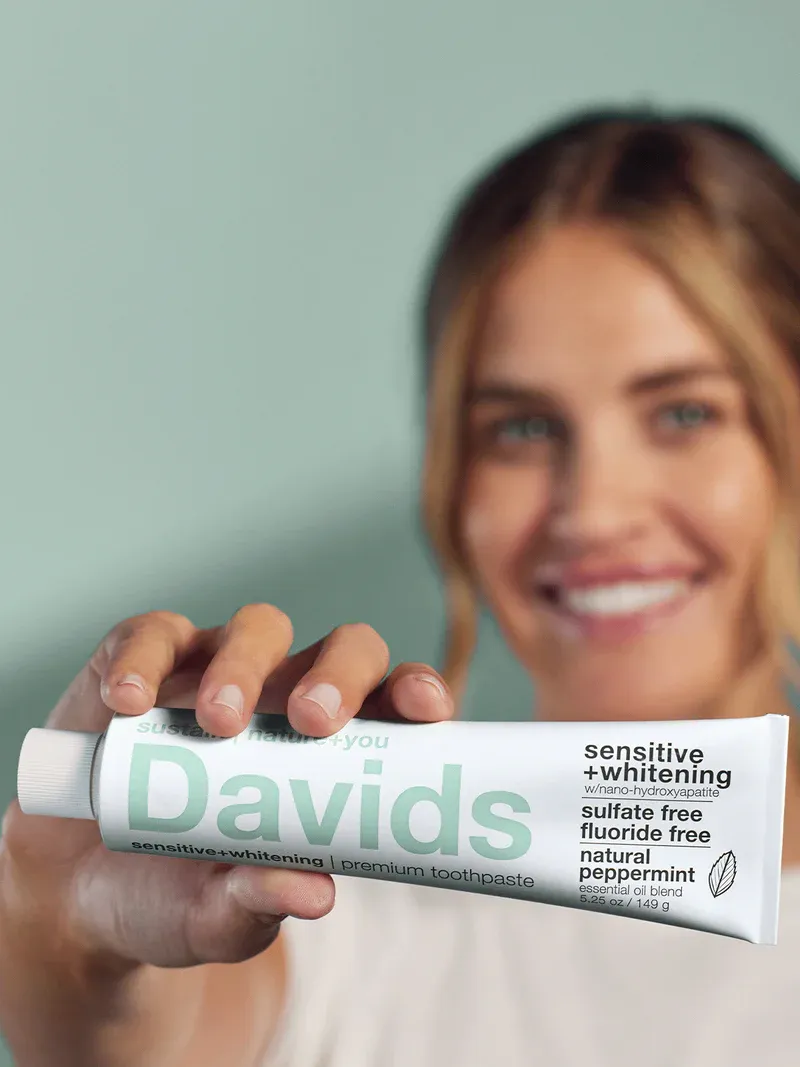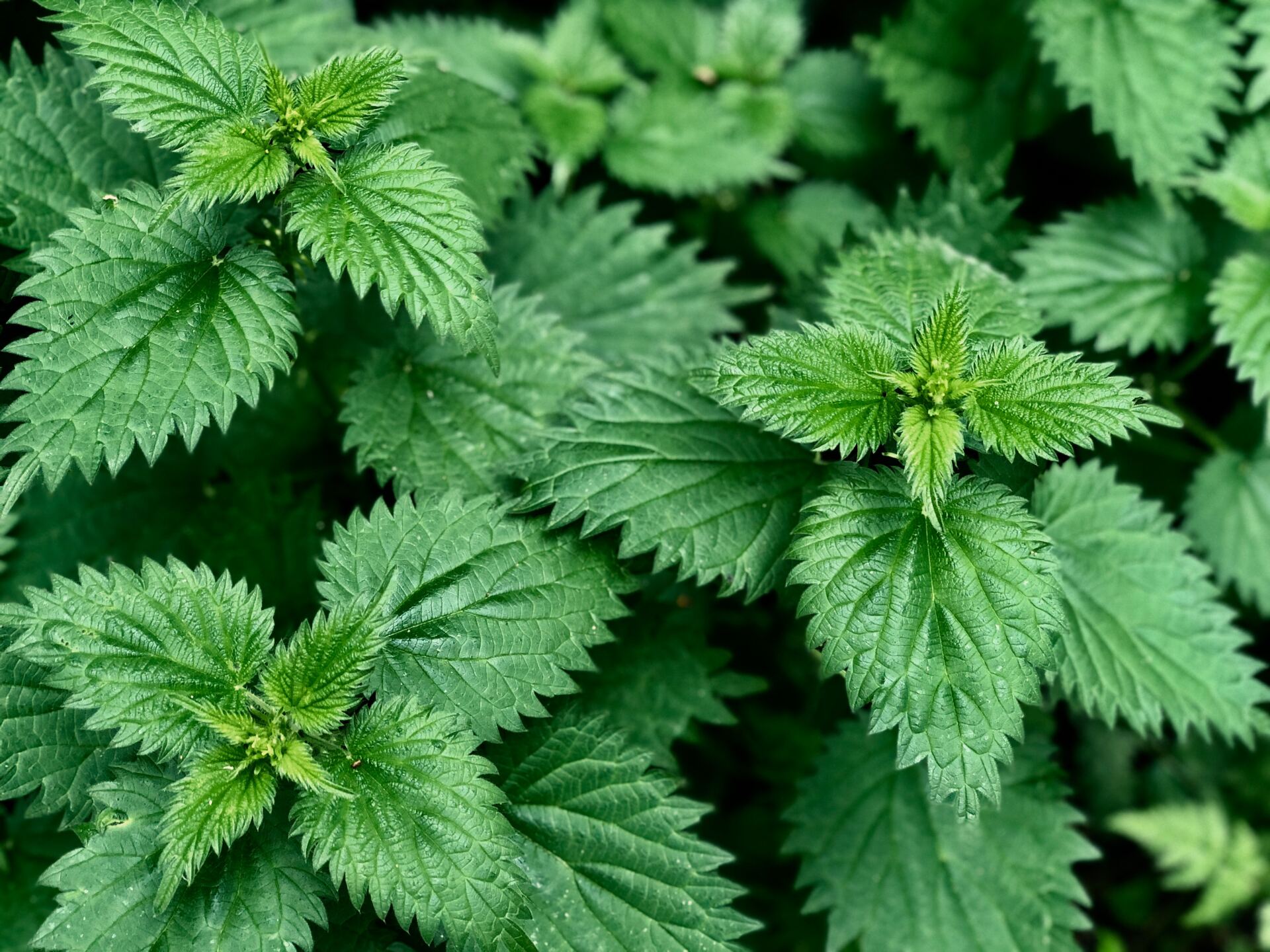








Cats and dogs experience many of the same health benefits of taking an omega-3 supplement as humans do. The source and quality matter just as much for them as they do for us.
Omega-3s include alpha linolenic acid (ALA), eicosapentaenoic acid (EPA) and docosahexaenoic acid (DHA). ALA is prevalent in plant-based sources, including seeds and nuts. EPA and DHA, the two most health-promoting omega-3s, are found in animal sources, especially fish oil.
How Do Omega-3s Help Cats and Dogs?
EPA and DHA help support healthy joints, skin and coat, the heart and kidneys, cell formation, immune function, digestive health and more in both dogs and cats. DHA is important for kittens and puppies, as it is crucial for the development of tissue in the brain and retina of the eye. It also supports cognitive, memory, psychomotor, immunologic and retinal functions in growing dogs.
What is the Best Source of Omega-3s?
Dogs and cats (like humans) simply cannot rely on the plant-based omega-3 ALA to meet their needs for EPA and DHA. Although plant-based ALA may be converted into EPA and DHA under optimal conditions, cats and dogs can only convert a very small percentage. Fish oil is a much better choice for meeting pets’ needs.
Good Sources for Fish Oil
Not all fish oil is the same. It’s important to know what to look for to ensure optimal health benefits for your dogs and cats.
Ideal sources of EPA and DHA for pets are fish oils sourced from wild-caught, sustainable fish like sardines, anchovies, and Arctic cod that have been purified of mercury and other environmental toxins.
The bioavailability of omega-3 fish oil supplements is equally important. Fish oils are best absorbed and assimilated when in the natural triglyceride form.
Fish oils produced in a 100 percent oxygen-free environment result in a pleasant-smelling, great-tasting oil that even finicky cats and dogs easily take to. Never underestimate the importance of palatability.
Omega-3 Enriched Commercial Pet Foods May Not Provide Enough
Although many pet food companies recognize the importance of including high quality omega-3 oils in their products, doing so presents a challenge. Because omega-3 oils can become unstable when heated or exposed to oxygen, including them can result in a shorter shelf life for commercial pet foods. Therefore, many companies choose to include plant-based omega-3s or highly processed fish oil in their pet foods.
For this reason, combined with the abundance of omega-6s in the pet food, it is vital for pet guardians to supplement their cat’s or dog’s diet with high-quality omega-3 fish oils.
While it is very important to give your dog or cat human-grade fish oils, it is equally important to give them one made especially for pets. Both federal and state regulations dictate special requirements for pet supplements, which are not required for their human counterparts.
Omega-3 fish oil products for humans often contain rosemary as a natural preservative and this ingredient may not be well tolerated or safe for cats and dogs. Many omega-3 products for humans also contain flavorings that may not be safe for animal consumption. Another issue of concern is the concentration of vitamins A and D contained in human products, which could in some instances be toxic to particular breeds. For these reasons it is important to only give your dog or cat an omega-3 fish oil supplement made especially for pets.
Healthy Pet Coach Jodi Ziskin empowers pet guardians with information on nutrition, enrichment, environment, and care so they can make the best choices for their cats and dogs. She is a Certified Pet Nutrition Consultant with a master’s degree in Holistic Nutrition. Jodi is also the nutrition consultant for Lap of Love, a national veterinary hospice practice. This article was originally posted on TasteforLife.com. It can be found at https://tasteforlife.com/living/pets/fishoil-and-omega-3s-for-dogs-and-cats.









Please give us a call for today’s deli hours as they can vary due to staffing.
Grab and go options are always available until close.
FEDERAL WAY
Monday-Saturday: 8 am - 8 pm
Sunday: 9 am - 7 pm
Please call for current deli counter service hours. Grab and go options available until closing.
2565 S. Gateway Center Place
Federal Way, WA 98003
TACOMA
Monday-Saturday: 8 am - 8 pm
Sunday: 9 am - 7 pm
Please call for current deli counter service hours. Grab and go options available until closing.
2951 S. 38th Street
Tacoma, WA 98409